What is a SEO
Search engine optimization which is shortly known as SEO is the process of increasing the quality and quantity of traffic or amount of visitors to a web site by ranking the website high in organic search results of various search engines like Google, Yahoo, MSN etc. The higher a Web site scores in the results of a search engine, more are the chances that it will be visited by users. SEO helps to ensure that a site is easily accessible to a search engine and improves the chances of that site to be found by the search engine. It is not only about making and building search engine-friendly websites, but making and developing your site better for people.
To understand about SEO in depth let us go in to the details of SEO
SEO provides quality Traffic: Through SEO one can attract all the visitors in the world to his/her website. For example your site is selling apple fruits but if customers looking for apple computers visit your site, then your website is not getting quality traffic. Instead you want to attract visitors who are genuinely interested in Apple products that you offer.
SEO provides quantity of traffic: Once your website starts attracting the right people through search engine results pages (SERPs), it gains more traffic.
SEO provides organic results: Advertisements generally contribute to many SERPs. Organic traffic is a kind of traffic for which a web owner doesn’t have to pay for.
On Page and Off Page SEO
On page and Off page SEO are two kinds of web content and is also a part of SEO that is aimed at increasing a websites rank in various search engines. If said in simple words, these are the activities that help a website to be found by the search engines whenever someone searches for particular keywords and key phrases that are relevant for a website. Let us discuss briefly about the each.
On Page SEO
In an On-Page we generally cover all technical points according to Google SEO rules. On-page SEO is the process of optimizing your website in order to rank higher in various search engines. It also helps in running successful internet marketing campaigns. It not only helps in getting good search engine ranking for a site but also increases overall readability of the site. The main goal with an On-page SEO is to speak the search engine language and help crawlers understand the meaning and context of your web pages.
There are few key elements that lead to a successful On Page optimization
Web Page Quality Content: Unique and high quality content is the key to success. Producing an original and unique content of high quality on continues basis can improve a websites rank and perform well on search engines. Each piece of the content should be produced keeping the focus primarily on single keyword and key phrases. Articles or blogs need not be longer to get good rankings. Web pages with more content intensity and depth perform better on search engine ranking.
Various digital marketing company offer quality services that lead to a successful On Page optimization.
Title tags: Title tag is a HTML title element which appears in search engine result pages (SERP) as the clickable headline for a given result. The other important elements are copy and inbound links. Title tag contains primary and secondary keywords which appear in the clickable link of the search engine result. These key words are mentioned in same order whereas branded keywords are maintained at the end to optimize the title tags, and this rule is followed except for the home page.
Meta data: Meta data is a well-written description which summarizes the content of a particular webpage. It is one of the most important factors which affect the search engine optimization.
Heading tags: These tags are used to define HTML headings. There should be one <h1> tag every page, and should include relevant key phrase or key word. The <h1> tag should hold the title describing the content of a specific page therefore only one h1 tag is needed per page. This tag can be created up till <h6>.
Interlinking: Interlinking means linking a website page to other similar pages of the same website and this provides context to the search engine and to the readers as well.
Image tag Optimization: Image tag optimization is a complete HTML image tag. The alt and title attributes of an image are commonly referred to as alt tag. The alt text describes what’s on the image and the function of the image on the page. The ALT tag on images provides the ability to ensure your images are visible to search engines and also for text only and slow web browsers. ALT tag can be optimized for use with search engines such as Google and Yahoo.
Sitemap: Sitemap is an XML file that is full of webpage’s URL. It’s like an archive of every webpage in a website. Sitemap is generally used for the purpose of letting the search engine crawlers follow the links to all the individual webpages so that it won’t miss out on anything.
Robots.txt file: Robots.txt is a text file that is added on site to tell search robots which pages you would like them not to visit. Adding on a robots.txt file is something like putting on a note “Please, do not enter” on an unlocked door. The structure of a robots.txt is pretty simple; it is an endless list of user agents and disallowed files and directories. The syntax is
- A) User-agent:
- B) Disallow:
Schema code: Schema markup is code that is put on a website to help the search engines return more informative results for users. Schema tells the search engines what a data means. It uses a unique schematic vocabulary in micro data format. It helps a website to rank better for all kinds of content types.
Canonical Issue: Canonicalization refers to individual web pages that can be loaded from multiple URLs. Canonical issue is a problem because when multiple pages have the same content but different URLs, links that are intended to go to the same page get split up among multiple URLs. This means the popularity of the pages gets spilt up.
Google Webmaster Tool: It is a tool provided by Google which allows you to monitor your site’s execution, submit content for crawling, recognize issues, expel content you do not need to index, see the search inquiries that influence guests to your site, screen backlinks and much more. These tools are an essential component for Google to communicate with Webmasters. Google Webmaster Tools let you distinguish issues with your webpage and even update you regarding whether your site has been tainted with malware or not.
Google Analytics: Google analytics is a free web analytics service offered by Google that gives insights on how users find and use your website. With Google analytics you can track ROI for your online marketing, sift & sort your visitors with dozens of dimensions, integrate Google Products like Adwords account & Search Console, and can also use tracking codes to tag & track any advertising, social or PR campaign on any website.
Off Page SEO
Off Page SEO means the content written or put on the web on the other sites than the website being promoted. It is long-term process and takes time to improve. If said in simple words, Off Page is all about online reputation.
Some of the Off Page SEO techniques are
Social media engagement: To make your website popular, you need to be engage with people on social media platforms. This will help a business grow and help you to get more back links.
Social Bookmarking: Social bookmarking is a way for people to store, organize and search bookmarks of web pages. Using Social bookmarking sites users save and store links to web pages that they like. These sites are one of the best platforms to promote a website. Bookmarking on a webpage or posting blogs on popular social bookmarking websites, can gain high traffic to a website.
Blog directory submission: Directory Submission constantly works to build quality back links. Thus, an effective directory need should be chosen and a proper category needs to be selected to get good results.
Article submission: You should guest posting in a high PR article submission directory. You should also make sure that the content is unique and of high quality and should provide a good title to the content.
Video submission: If you want to make your videos popular, it is better to opt for popular video submission sites. You should give a proper title, description, tags and reference links. This is one of the most popular ways to get quality back links as all video submission websites have high PA DA.

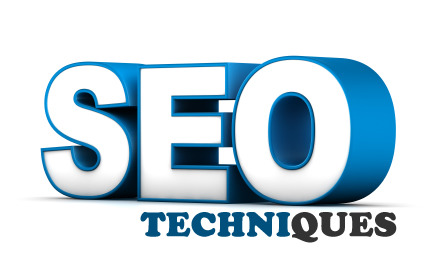
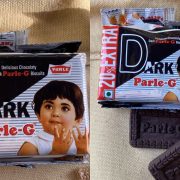



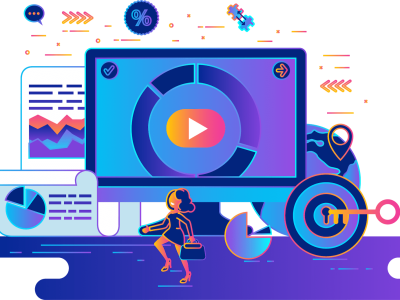
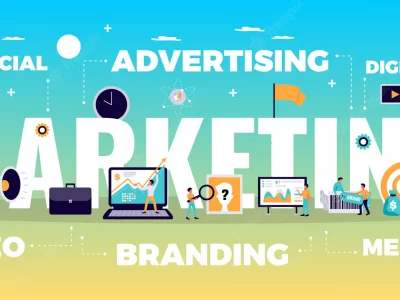

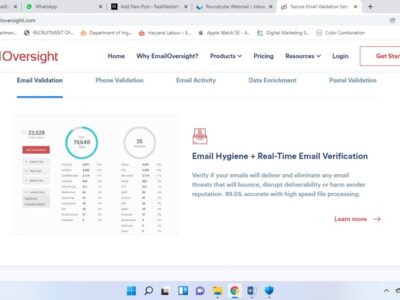




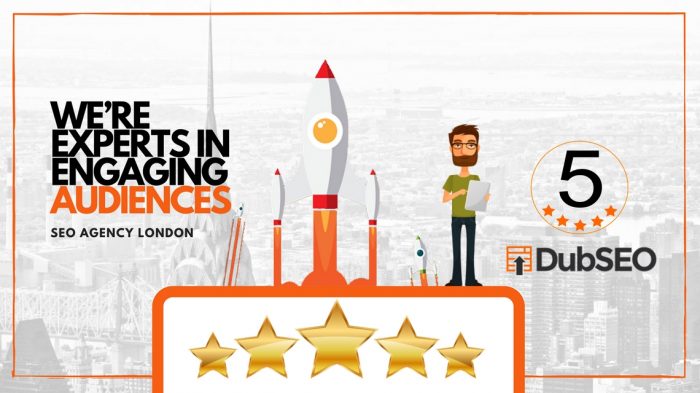




Comments